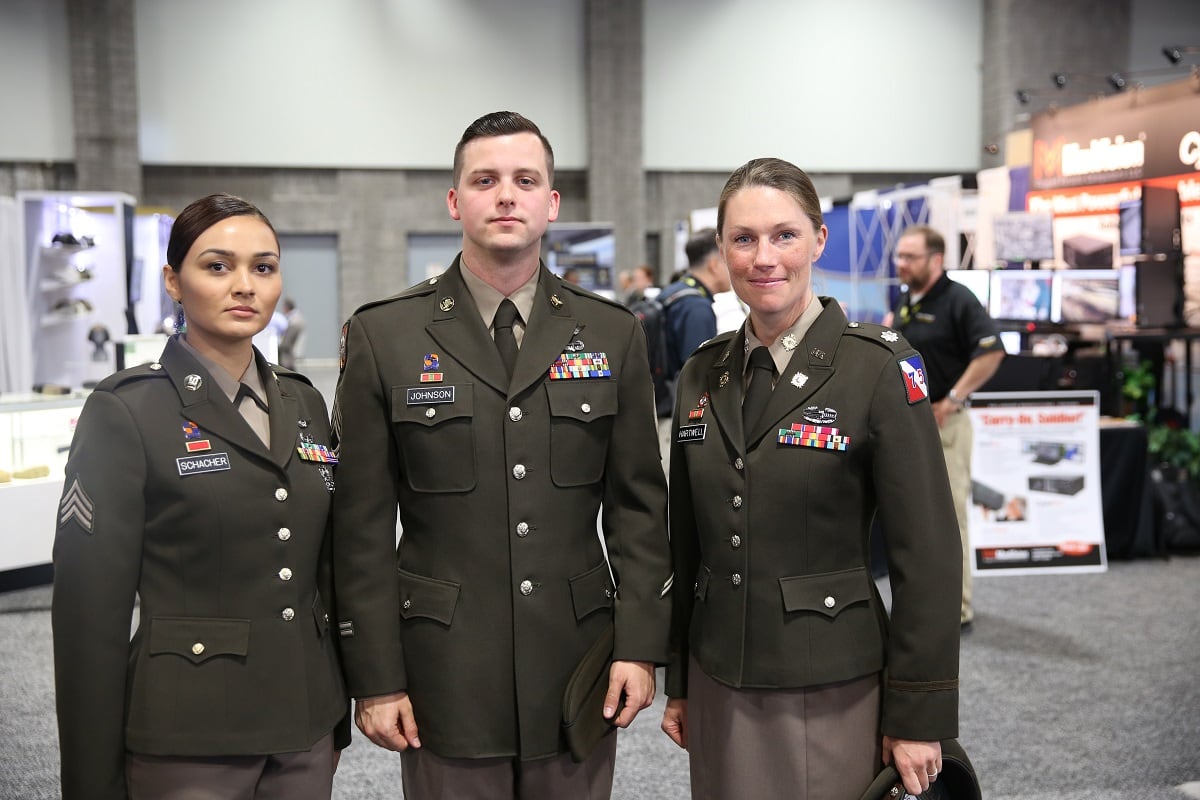“The jersey of the greatest team on earth” is how the 2012 “More Than a Uniform” ad rightly described the uniform of the United States Army.
As the “pinks and greens” prototype uniform debuted at this week’s Association of the U.S. Army convention, and as the baseball postseason descends on us, we are reminded that throwback jerseys are always the appropriate choice to not only show pride in a team, but also in that team’s storied history.
Pinks and greens are the must-have throwback uniform of the U.S. Army at its finest: the 1945 world championship team that left it all on the field in a nerve-wracking, seven-game slog that awes us even today.
The test has its supporters and critics, but addresses a good point. The Army needs one uniform for daily wear and one for special occasions. The characteristically humble service has historically struggled to acknowledge this need. It compromised by dressing up austere and muddy fatigues with things like starched creases, chrome-plated helmets, and ascots. However, two uniforms are needed, and they should point to specific and universally-identifiable points in history. The Army Service Uniform sort of does this. The old, green “Class A” uniform did not.
The Class A uniform died with a whimper and not a bang because it never symbolized one discrete point in history. It was the culmination of a thousand marginal tweaks, a zombie uniform that kept ambling along.
The Army Green Uniform came out of nowhere in 1954. It stumbled through our post-Vietnam nadir, through the transition to the all-volunteer “Let the Army Join You” era, and grew greener and more synthetic as it went. By 1979, it began its terminal decline, not quite as a green polyester leisure suit, and not quite an obvious and distinct uniform of the U.S. Army. It represented the Army more because we said it did than for any historical symbolism it ever contained.
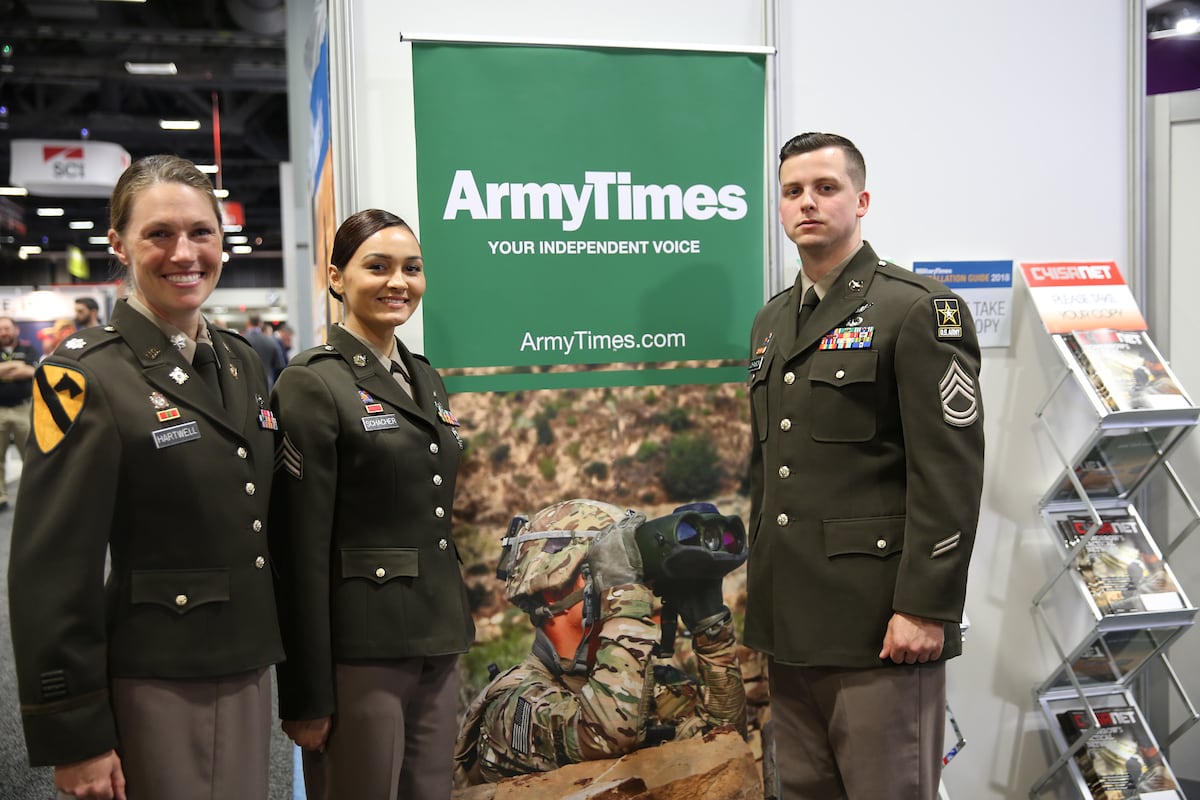
In contrast, the gold trim and mismatched blue hues of the current ASU represented an Army that saved the Union from being torn asunder. Throughout the 19th Century, in the dust of the Great Plains, it safeguarded our republic and its frontiers as our nation grew into the powerhouse it is today.
The blues aim to evoke this triumphal 19th Century army, but lost the sack coats and standing collars of “Glory.” The narrow 1902 chevrons are somewhat out of place compared to the broader cavalry style, and the 1926 addition of a safari jacket’s roll collar and notched lapel aims more for ‘business suit’ than ‘Mexican War.’
Critics incorrectly evaluate pinks and greens against the ASU, which fills the role of a dress uniform well and that of a service uniform poorly. The pinks and greens should be evaluated against the complete absence of a durable, daily-wear service uniform. The Army always tends to look comparatively “one layer of etiquette” off because it has historically had poor choices to choose from. Imagine finding in your closet only coveralls and a tuxedo.
The Army forces its way to the middle by either ironing and decorating its coveralls, or wearing a short-sleeve button-down with the tuxedo. Soldiers would be more inclined to wear — and commanders more likely to prescribe — a daily service uniform that breathed, was durable, looked professional but not too dressy, and was not cluttered with accoutrements. Darker and brown shades make sense as an office uniform that won’t show every smudge. Many would appreciate shirts or trousers that can be washed at home.
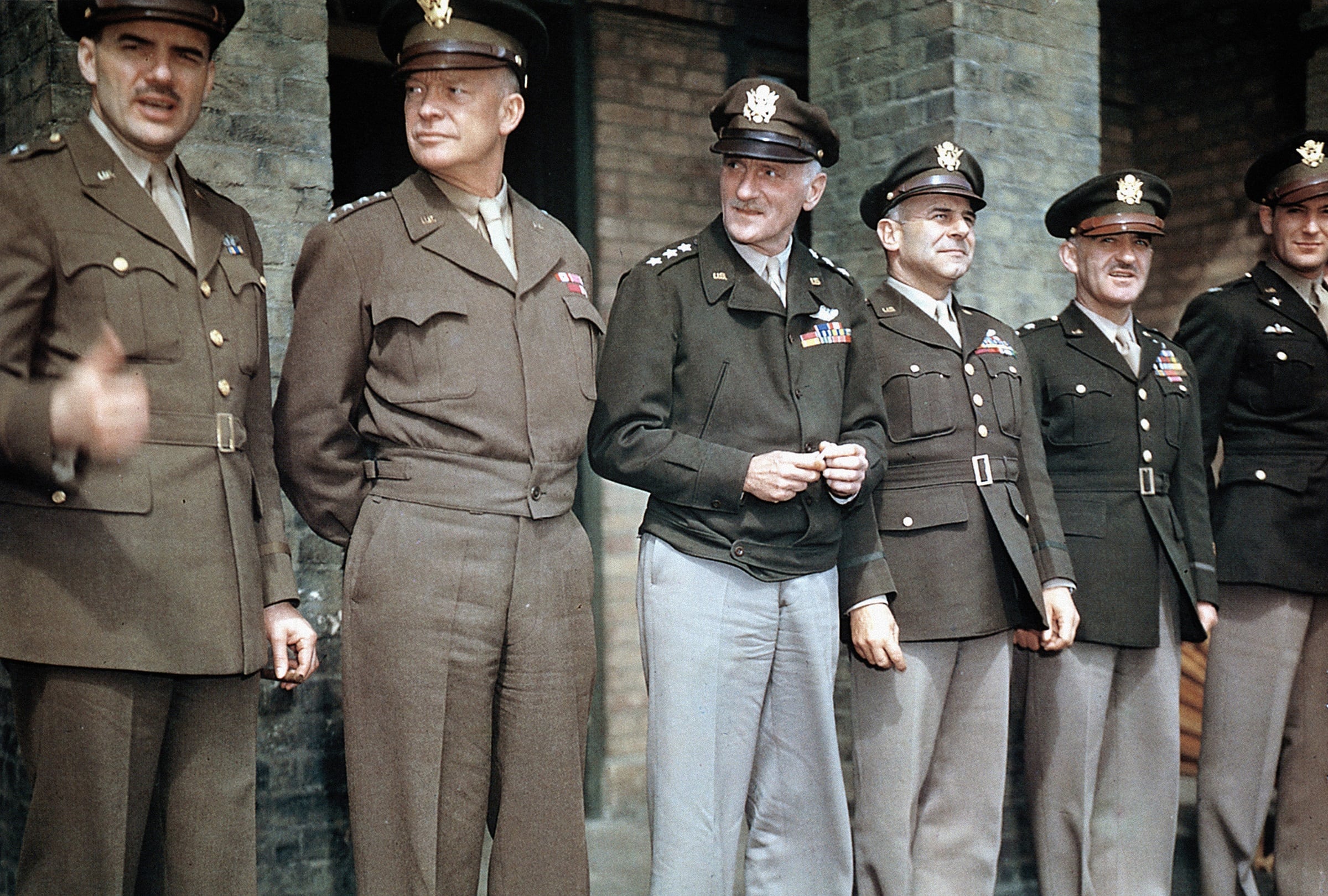
Critics are right to consider cost. However, it is unconscionable to suggest that any truly responsible strategic leader would sacrifice a mote of warfighting readiness for these decisions. I trust the team to appropriately prioritize the manner in which they organize, train, and equip. Uniforms are recurring costs, whether they change or not.
Tragically, uniform money cannot be magically reprogrammed to pay off a purchasing card after a wild night at Cabela’s. More work and new issues arising will always keep PEO Soldier more than busy evaluating new materials and implementing new items and issues such as maternity uniforms, jungle boots, articles of faith, etc.
Soldiers constantly turn over — new uniforms can be phased in at any time, and wear-out dates can be punted. Dress blues can return to being an optional uniform while pinks and greens can gradually become the daily uniform of choice. It’s only because the Army previously had so many bad options and because uniforms are so highly visible that every single change draws such fire from critics. This is not some zero-sum game where leaders are prioritizing uniform issues over a main battle rifle.
Pinks and greens can set the Army on a course to where uniforms need not be tweaked again for decades. Sure, every soldier with a garage full of BDUs, DCUs, ACUs and barely-worn greens has heard this song before. Even Sergeant Major of the Army Dan Dailey has no wish to “be the uniform Sergeant Major.” This attitude is exactly why he and Army Chief Gen. Mark Milley are the right team to eradicate decades of compromise and poor decisions manifested in berets, grass-stained ACUs, and the complete lack of an intermediate service uniform.
RELATED
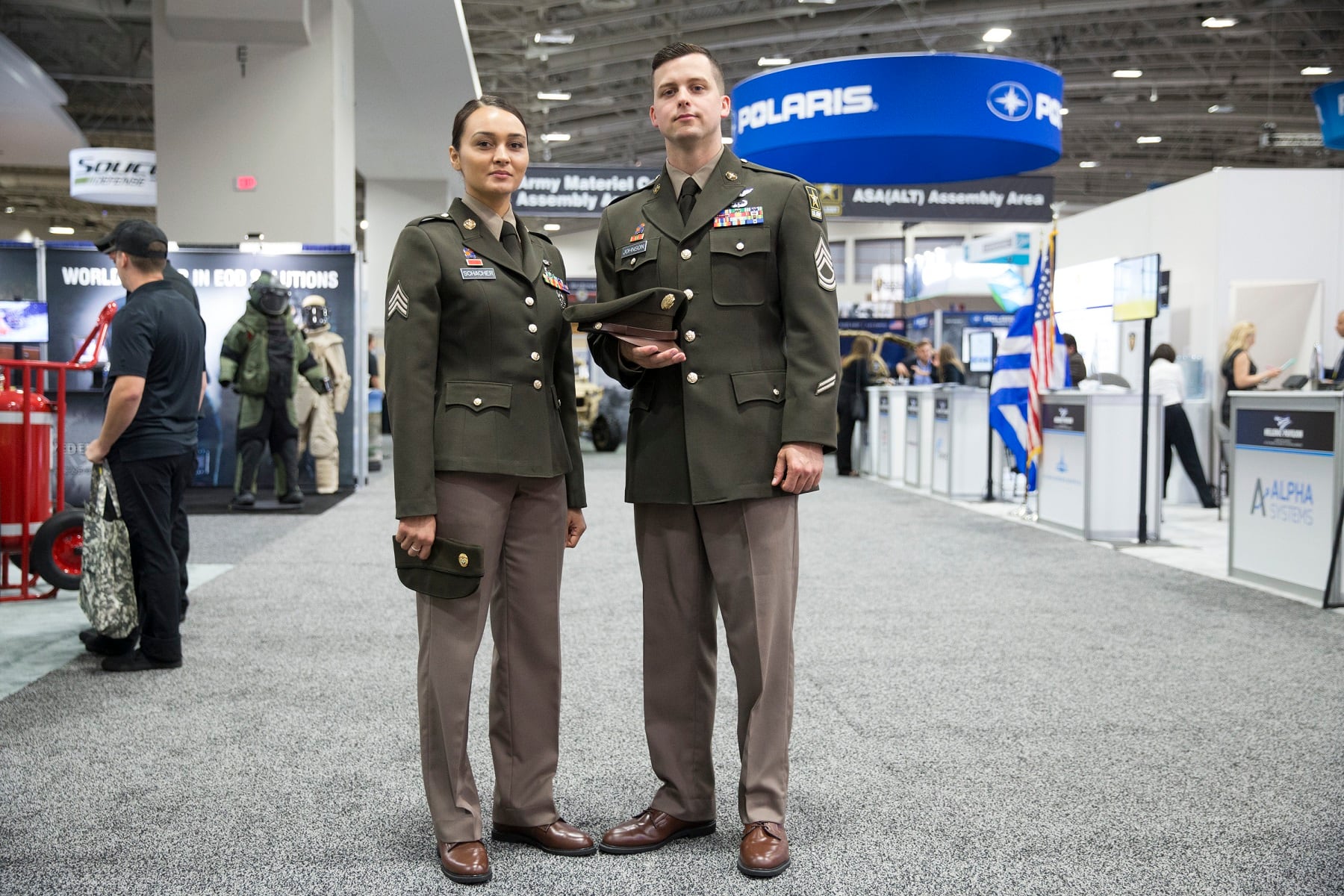
Our Army has struggled with uniforms since the barefoot and threadbare days of Valley Forge. There is no better and no more American characterization of our Army than when it is dirty and underdressed, victorious in ill-fitting, mass-produced, torn puttees and fatigues. We were borne of rag-tag militias and were always meant to be a temporary mass of hastily-assembled farmhands and mechanics, raised in a democratic republic, unfamiliar with violence until the time would come to apply it skillfully and overwhelmingly before returning to the prosperity and new world order they fought to secure.
On special occasions, when we don our mismatched, 19th Century blues, we represent a time when hundreds of thousands of our very teammates did just that to preserve and grow our republic. Similarly, wearing pinks-and-greens will remind allies and adversaries daily that the world order as we know it was hard-won, forged, and is sustained by the greatest team on earth: the United States Army.
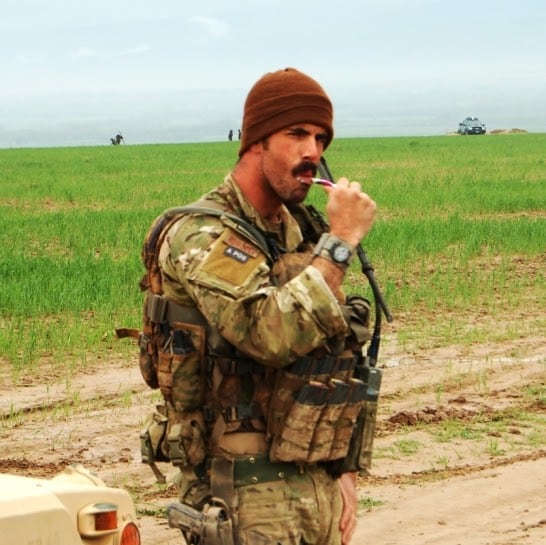
Capt. Galeti is an infantry officer and thinks that pinks and greens were the only redeeming quality of the 2001 film, “Pearl Harbor.” Views are his own.
